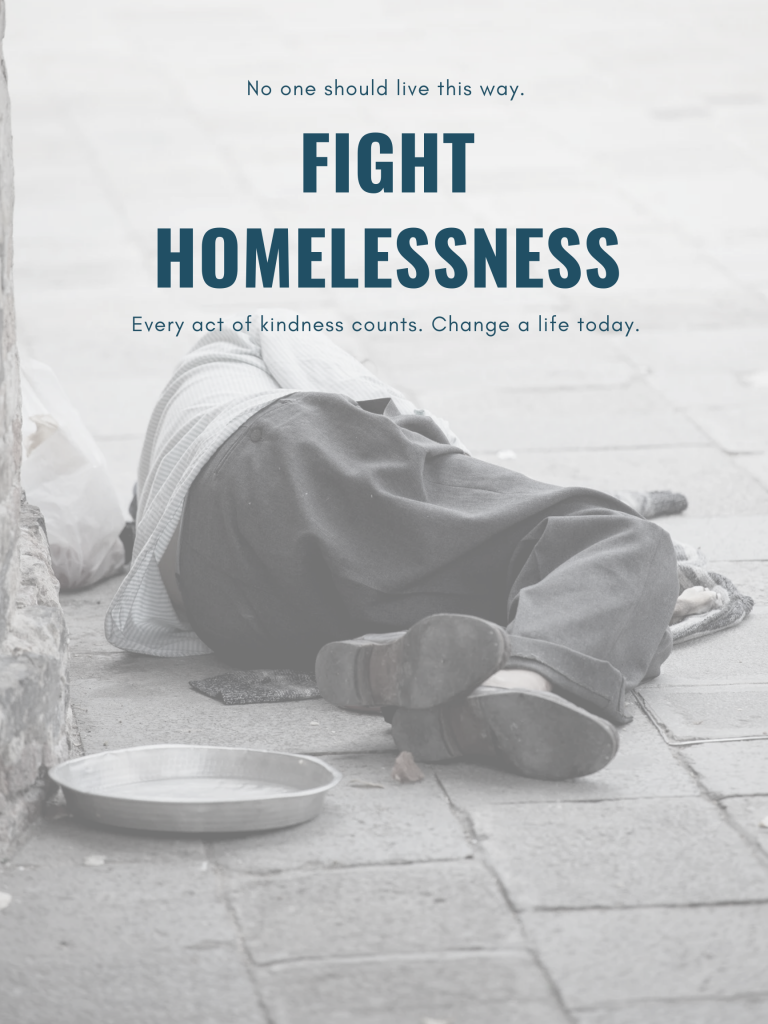
Introduction
Walk through downtown Bellingham on any morning, and you’ll see it: people huddled in doorways, sleeping in cars, or quietly pushing shopping carts piled high with their belongings. These aren’t strangers from somewhere else — they’re our neighbors. They’re the seniors who can’t afford rent after a medical bill, the families hiding in parking lots to escape domestic violence, the students trying to do homework without a stable home.
In 2024, Whatcom County’s homelessness crisis has reached a point where the numbers and the human stories can no longer be separated. The data tells us the problem is solvable — but only if we act.
The Numbers We Can’t Ignore
At the start of this year, 684 households were in the Coordinated Entry Housing Pool — the local system for people seeking housing assistance. These are households that have gone through intake, are actively waiting for help, and, in many cases, have been waiting for months or years.
In 2023 alone, 1,028 households applied for housing assistance — the highest number ever recorded in Whatcom County.
Even with these record-breaking applications, progress is being made. Last year, 530 households moved into new permanent or transitional housing. But for every person housed, another steps into the system needing help.
A Local Problem, Not an Imported One
It’s a common misconception that most unhoused people move here from somewhere else. The reality is different: 69% of people experiencing homelessness in Whatcom County last lived here. These are our neighbors, classmates, co-workers, and family members — people who have deep roots in this community.
The Affordability Squeeze
The housing market is a central driver of homelessness here.
- One in three households in the county is cost-burdened, meaning they spend more than 30% of their income on housing.
- Over half of renters pay at least that much for rent alone.
- Rental vacancy rates sit at 3% (a healthy market is 5–7%), and the homeowner vacancy rate is 1% (healthy is 2%).
- The average rent in early 2024 was $1,320 for a one-bedroom apartment and $1,605 for a two-bedroom.
High prices, low vacancy, and stagnant wages create a perfect storm that pushes more households into instability.
Who’s Being Left Outside
While housing instability touches many demographics, some groups are hit harder than others.
In January 2024:
- 222 single adults were unsheltered, a slight increase from 2023.
- 36 seniors were unsheltered, down 14% from the year before.
- 81 families with children were unsheltered — 75% reported experiencing domestic violence, and 30% were actively fleeing abuse when they sought help.
- 972 students in Whatcom County schools experienced homelessness in the 2022–2023 school year — 4% of all students. In some districts, the rate is two to three times higher.
Why People Are Losing Housing
When asked what led to their homelessness, people most often cited:
- Housing costs – 47%
- Job loss – 37%
- Mental illness – 28%
- Family rejection – 24%
- Disability or health issues – 22%
- Substance use – 22%
- Domestic violence – 20%
- Eviction – 19%
These numbers underscore that homelessness is rarely caused by one factor — it’s the result of multiple crises hitting at once.
The Health Realities of Life Without Housing
Life on the street takes a brutal toll. Among those surveyed in 2024:
- 49–75% had a mental health condition.
- 39% had a physical disability.
- 33–51% lived with a chronic health condition.
- 18–46% had a developmental disability.
- 43% reported having no income at all.
These conditions make it even harder to find and keep housing without intensive, targeted support.
What Needs to Happen Next
The single greatest barrier to ending homelessness in Whatcom County isn’t a lack of compassion — it’s a lack of housing and services. The data makes it clear:
We need to build and operate more service-enhanced shelter beds for people currently unsheltered.
We need to develop more permanent affordable housing that includes on-site support for those with health challenges.
We need to restore eviction prevention funding, which kept more than 2,400 households in their homes before it expired in 2023.
Until these gaps are addressed, the Housing Pool will continue to fill faster than it empties, and more of our neighbors will be left outside.
Conclusion
The data in this report is more than numbers on a page. Each percentage point is a human life — someone’s parent, sibling, friend, or child. These are people who, with the right support, could thrive. Without it, they face the daily dangers of living without a home.
Homelessness in Whatcom County is not inevitable. It’s the predictable result of policy choices, market forces, and resource gaps — and that means it can be changed. We can decide to build enough housing. We can decide to fund the services that keep people stable. We can decide to stop the inflow of new homelessness before it starts.
The question isn’t whether we can afford to act. It’s whether we can afford not to.